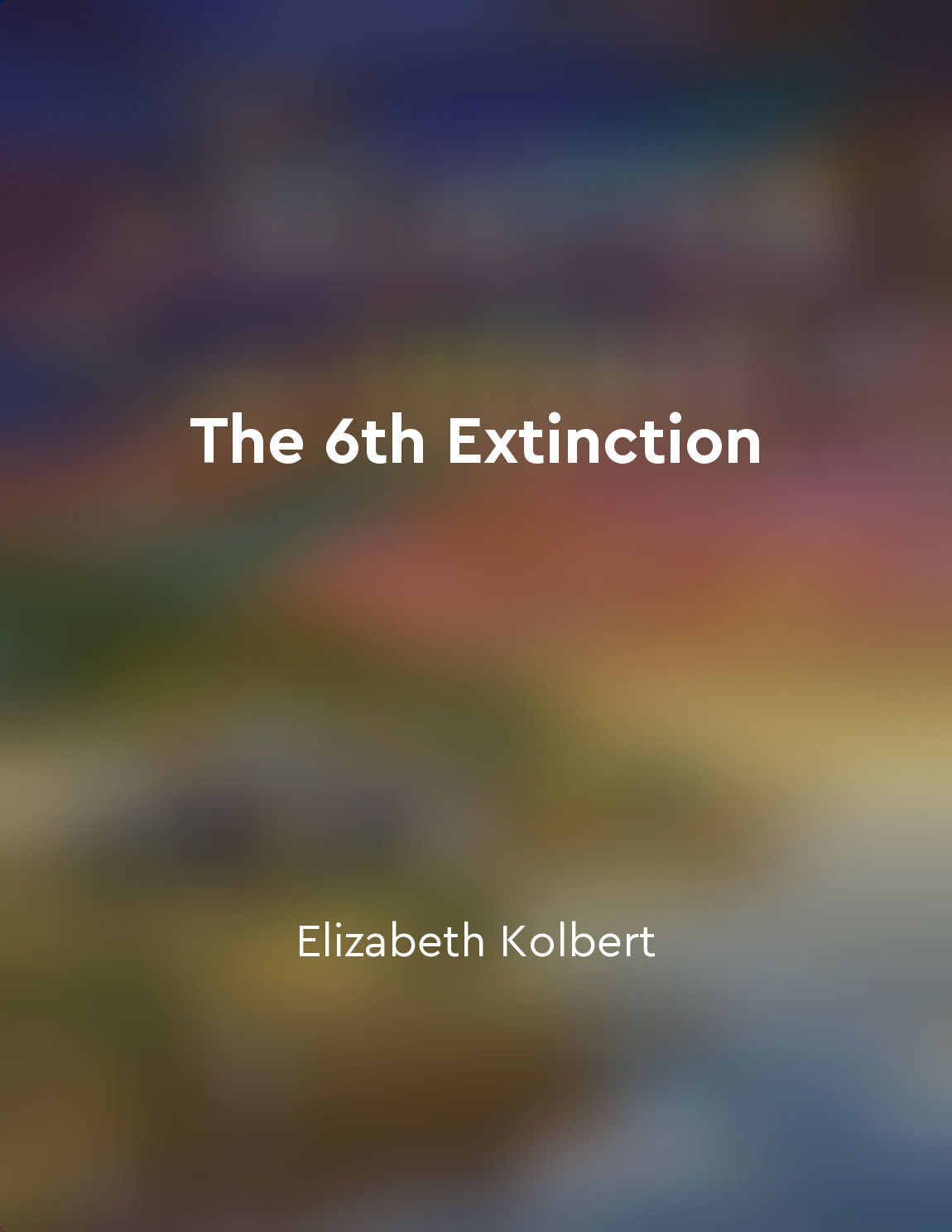Urban development threatens the survival of many species from "summary" of Bringing Nature Home by Douglas W. Tallamy
Urban development is rapidly spreading across the country, transforming natural habitats into a landscape dominated by buildings, roads, and manicured lawns. As a result, many native plant species are being displaced, along with the insects and other wildlife that depend on them for food and shelter. This loss of habitat is driving a decline in biodiversity that threatens the survival of many species. The impact of urban development on wildlife is particularly severe because it often involves the destruction of large, contiguous areas of natural habitat. Fragmentation of these habitats into isolated patches makes it difficult for species to find the resources they need to survive. In addition, the introduction of non-native plants further disrupts the ecosystem, as these plants are often not able to support the native insects and other wildlife that have evolved to depend on them. One of the key consequences of the loss of native plant species is a decline in the insect population. Insects are a critical food source for many species of birds, mammals, and other wildlife. When native plants are replaced by non-native species, the insects that depend on them for food are also lost. This disruption in the food chain can have far-reaching effects on the ecosystem as a whole. Furthermore, the decline in biodiversity caused by urban development can have negative consequences for human health and well-being. Many species of plants and insects provide important ecosystem services, such as pollination and pest control. Without these services, agricultural productivity can decline, leading to increased reliance on synthetic pesticides and fertilizers that can harm both the environment and human health. In order to reverse the trend of declining biodiversity, it is important to prioritize the preservation and restoration of native plant species in urban areas. By creating habitats that support a diverse array of plants and insects, we can help to rebuild the intricate web of life that sustains ecosystems. This not only benefits wildlife, but also enhances the quality of life for humans by creating healthier and more resilient communities.Similar Posts
The freedom to move is a basic human right
Human beings have always been on the move. For millions of years, we have wandered the earth in search of food, water, shelter,...

Connecting with the natural world
The natural world has a way of captivating us, drawing us in with its beauty and wonder. It has a way of making us feel connect...

The history of mass extinctions can provide insights into the present crisis
The history of mass extinctions offers a lens through which we can view the current ecological crisis. By examining past events...

The need for environmental awareness
The health of our planet is in a precarious state. As we continue to exploit its resources at an unsustainable rate, we are cau...
Human impact changing the natural world
The undeniable truth of our time is that humans have altered the natural world in ways never before seen. Our impact on the pla...
Resilient food systems enhance urban sustainability
Resilient food systems are crucial for ensuring the sustainability of urban areas. These systems provide cities with a reliable...
Other animals like birds, bats, and insects also help pollinate plants
In the intricate web of life, many creatures play a crucial role in the pollination of plants. While bees are often the first t...
Native plants offer food and shelter for insects, birds, and other wildlife
Native plants are the cornerstone of our ecosystems. They have evolved alongside local wildlife over thousands of years, formin...
Industries must be held accountable for environmental damage
The devastating effects of industrial pollution on our environment cannot be ignored. It is paramount that industries are held ...
